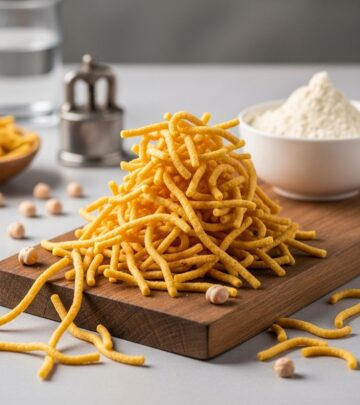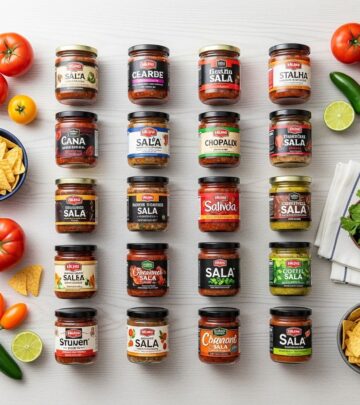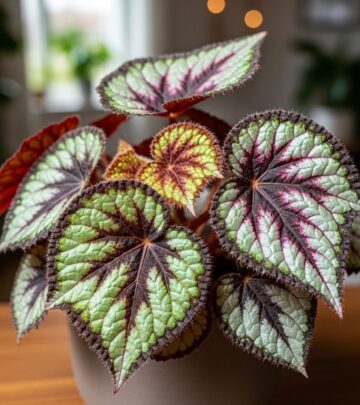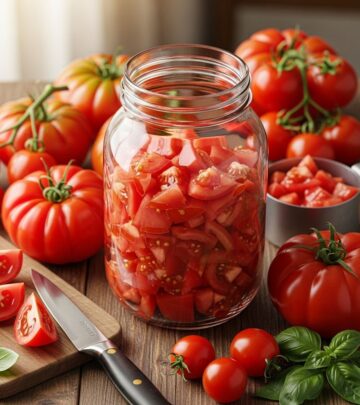The $38,000 Houseplant: Why Some Indoor Plants Cost a Fortune
Uncover the genetic quirks and market forces that turn a simple leaf into a status symbol.
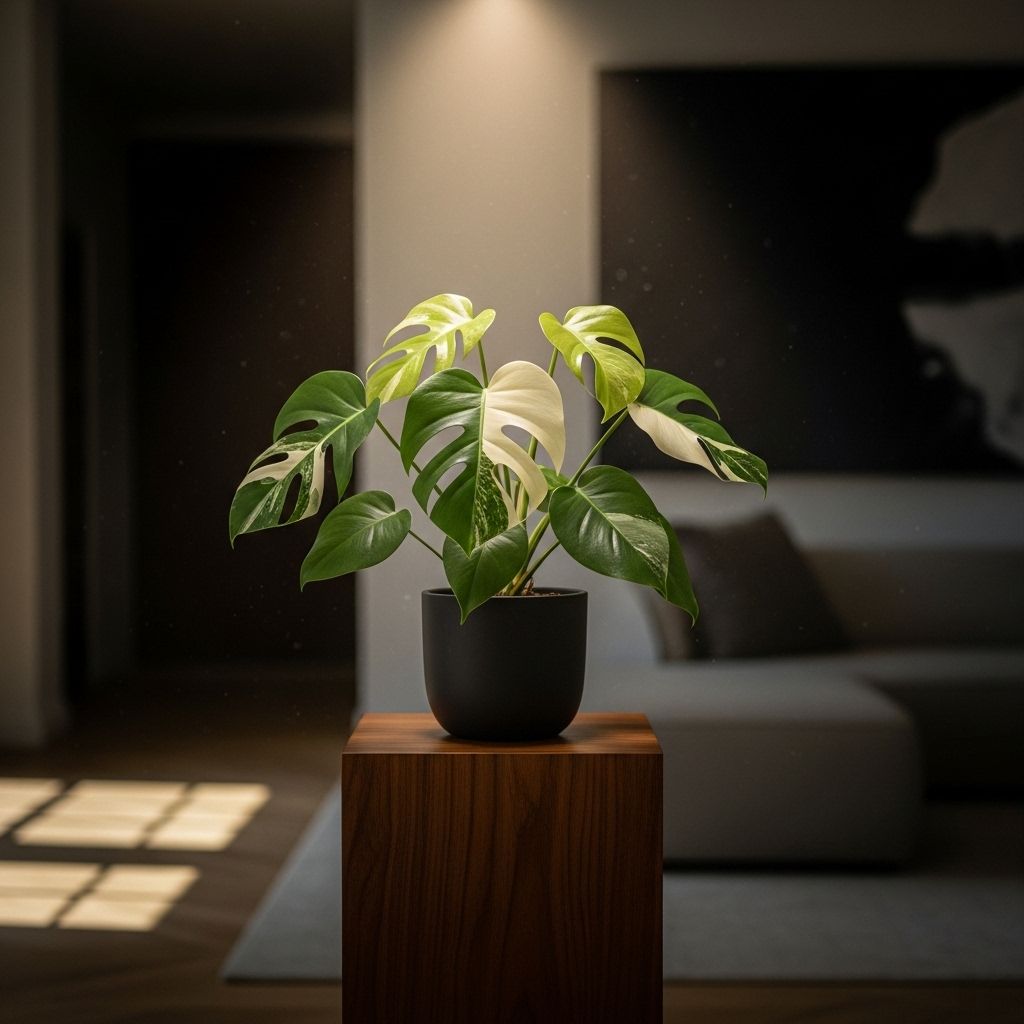
Image: HearthJunction Design Team
The $38,000 Houseplant: Understanding the Hype and High Costs
If you thought that houseplants were humble accessories for interior décor, think again. In recent years, certain rare indoor plants have surged in value, fetching mind-boggling prices at auctions and online marketplaces. The Variegated Monstera—notably the Adansonii Variegata—holds the record, with a specimen selling for a jaw-dropping $38,000. But the Monstera is just the start of this leafy gold rush. Why are some houseplants suddenly so expensive? What drives collectors to spend thousands on a single cutting? And how is botany, social media, and economics transforming the indoor plant world?
Why Are Indoor Plants So Expensive?
The houseplant market’s ascent into the realm of luxury goods can be attributed to a mix of scarcity, aesthetic appeal, and social trends. Several factors underpin the soaring prices:
- Rarity: Many of the most expensive plants are rare in nature, or their unique color patterns are difficult to propagate.
- Unique Appearance: Unusual patterns, colors, and forms—especially variegation—create immediate visual impact that distinguishes one plant from the next.
- Slow Growth: Many highly coveted plants grow very slowly and are difficult to propagate in volume, keeping supply tight.
- Social Media Influence: Platforms like Instagram and TikTok drive demand by showcasing beautiful and rare specimens, fueling collector frenzy.
- Status Symbol: As with handbags or watches, rare plants are now seen as markers of taste and financial means within plant collecting communities.
The Allure of Variegated Plants: Science and Hype
At the heart of today’s rarest and priciest plant craze lies variegation: the presence of white, cream, yellow, or even pink streaks and patches on otherwise green leaves. This effect is produced by genetic mutations that either disrupt chlorophyll production or selectively block pigment in specific cells. The result is foliage with dramatic contrast and unique patterns—no two leaves or plants are ever exactly alike.
Variegation is both beautiful and inherently unstable. Because variegated sections of the leaf photosynthesize less efficiently, these plants grow more slowly and are harder to propagate. New growth can unpredictably revert to solid green, and maintaining stable variegation over time takes skill. This combination of visual drama with true horticultural challenge positions variegated specimens at the apex of desirability.
Meet the Most Expensive Houseplants in the World
Below is a quick guide to the houseplants that have redefined luxury in indoor gardening, with some fetching astronomical prices:
| Plant Name | Notable Price | Key Features |
|---|---|---|
| Variegated Monstera Adansonii Variegata | $38,000 | Unpredictable white/cream variegation, rarity, status symbol |
| Rhaphidophora Tetrasperma Variegata (Monstera Minima) | $19,297 | Small size, dramatic white variegation, extremely limited supply |
| Variegated Monstera Deliciosa ‘Albo’ | $3,000+ | Striking marble coloration, instability in variegation, slow growth |
| Philodendron Spiritus Sancti | $10,000+ | Rare in the wild, unique elongated leaves, few specimens in cultivation |
| 800-Year-Old Bonsai Tree | Hundreds of thousands | Extreme age, living art form, prized for provenance |
| Shenzhen Nongke Orchid | $200,000 | Bred in a lab, only one per decade flowers, sold at auction |
| Monstera Obliqua | $3,000+ | Ultra-thin leaves with large holes, fragile, slow to propagate |
| Philodendron Tortum | $2,000+ | Lacy, skeleton-like leaves, unusual growth form |
| Philodendron Pink Princess | $2,000+ | Pink variegation, unpredictable color patterns, influencer favorite |
Case Study: The Variegated Monstera Phenomenon
The Variegated Monstera—especially the Monstera Adansonii Variegata—has become the unofficial mascot of the luxury houseplant movement. Its signature marbled leaves are not only visually arresting; they’re also genetically unstable, making each plant a living original. In one viral moment, a specimen with intense white variegation sold for $38,000, sending shockwaves through collector circles and propelling more casual hobbyists into the quest for leafy “white whales.”
- Other Monstera variants, like the Albo (white variegation) and Thai Constellation (cream-yellow marbling), routinely fetch several thousand dollars depending on variegation stability and plant size.
- Because the mutation is rare and propagation is slow and sometimes genetically unpredictable, demand continually outpaces supply.
The Auction that Shocked the Plant World: Rhaphidophora Tetrasperma Albo
The Rhaphidophora Tetrasperma Variegata—sometimes marketed as Monstera Minima—set an internet auction record of $19,297, despite having just nine leaves. This plant’s appeal lies in its compact size and dramatic white variegation. The feverish bidding war and attention it attracted signaled a new era where even small or juvenile plants could command enormous value, provided their appearance was extraordinary.
What’s Driving the Collectors?
Several trends have converged to drive up plant prices and turn rare houseplants into collector’s items:
- Social media validation – Instagram posts featuring rare and photogenic foliage can instantly drive global demand.
- The hunt for rarity – Collectors seek plants no one else has, fueling a cycle of scarcity and escalating value.
- Emotional connections – Plants are living, growing investments that mature and change, deepening a sense of personal pride for owners.
- Potential for profit – Some view rare plants as speculative assets, expecting continued appreciation and resale opportunities.
The Role of Propagation: Why Are Rare Plants So Hard to Find?
Most houseplants are easy to propagate via cuttings or division. But with rare variegated species, the odds are against growers:
- Variegated cuttings may lose their unique coloration and revert to green after propagation.
- Plants with extreme variegation can be less vigorous, slow-growing, or prone to disease.
- Tissue culture techniques are making some rare varieties more widely available, but prices remain high as supply struggles to keep up with demand.
Buyer Beware: The Hazards of the Luxury Plant Market
As with any high-value commodity, the rare plant market has risks for buyers:
- Fakes and frauds: Unscrupulous sellers may scam buyers with photoshopped images or pass common plants off as rare specimens.
- Unstable genetics: Some variegated plants may not maintain their coloration over time, disappointing new owners.
- Importer surcharges and phytosanitary issues: Many of these plants are only available overseas and face steep import costs and possible quarantine delays.
- Care requirements: Rare plants often require specialized care, making them poor choices for beginners hoping for easy success.
Investment or Fad? Are Expensive Houseplants Worth the Hype?
Will today’s $10,000 cuttings hold their value, or is this a speculative bubble? Several trends suggest the market is evolving:
- Some rare plants may decrease in cost as tissue culture and propagation scale up, increasing availability.
- Other ultra-rare cultivars will always be scarce due to intrinsic biological limitations, likely maintaining high value.
- For most collectors, the emotional connection and visual enjoyment outweigh resale value considerations.
Tips for Aspiring Rare Plant Collectors
If you’re drawn to the world of rare and expensive houseplants, keep these expert tips in mind:
- Verify the authenticity and provenance of plants before purchasing—request clear, unedited photos and video when possible.
- Buy from reputable sellers and participate in plant forums or collector groups for recommendations.
- Understand the specific care needs for variegated or unusual species; some are finicky or delicate.
- Be mindful of import regulations and potential shipping hazards when buying internationally.
- Start with more common variegated plants to hone your skills before investing in “holy grail” specimens.
Frequently Asked Questions (FAQs)
Q: What makes a houseplant so expensive?
A: Price is driven by rarity, unique appearance—like variegation—slow propagation, and collector demand. Some plants also become part of viral social media trends, adding to their allure.
Q: What is variegation, and why does it matter?
A: Variegation refers to patches, streaks, or splotches of non-green colors (white, yellow, pink) on leaves, caused by genetic mutation. It’s rare, often unstable, and visually unique, making it highly prized by plant lovers.
Q: Are these rare plants difficult to care for?
A: Many rare and variegated plants require careful attention: slower growth, sensitivity to light, and higher risk of disease. Research a species’ needs before buying.
Q: Do rare plant prices always increase?
A: Not always. Some plant prices drop as propagation techniques improve, but ultra-rare or unstable varieties tend to remain valuable due to ongoing demand and low supply.
Q: How do I avoid being scammed when buying expensive plants?
A: Buy from reputable sources, request current photos and videos, check seller reviews, and never pay large sums without buyer protection. Online plant forums can be valuable for vetting sellers.
Conclusion: The Cult of the Rare Houseplant
The market for rare and expensive houseplants is a testament to both our desire for beauty and our fascination with rarity. For collectors, these plants represent living treasures—a mix of natural wonder, horticultural skill, and, sometimes, a spirited roll of the dice. Whether you view them as investments, status symbols, or simply lush companions, one thing is clear: in the ever-evolving landscape of luxury, even a potted plant can become a priceless work of art.
References
- https://thursd.com/articles/the-8-most-expensive-houseplants-in-the-world-prepare-to-be-impressed
- https://thursd.com/articles/rare-variegated-monstera-minima-rhaphidophora-tetrasperma-plant-sold-for-over-19000
- https://soltech.com/blogs/blog/the-most-expensive-houseplants-of-2025-greenery-that-s-worth-the-investment
- https://www.monstera-app.com/en/blog/choosing-your-plants/10-houseplants-that-cost-as-much-as-your-rent-or-your-car-01JE678GCVFWKQJB854FZ6J4Z9
- https://www.gardenista.com/posts/38000-houseplant-ridiculously-expensive-indoor-plants-explained/
Read full bio of Anjali Sayee


